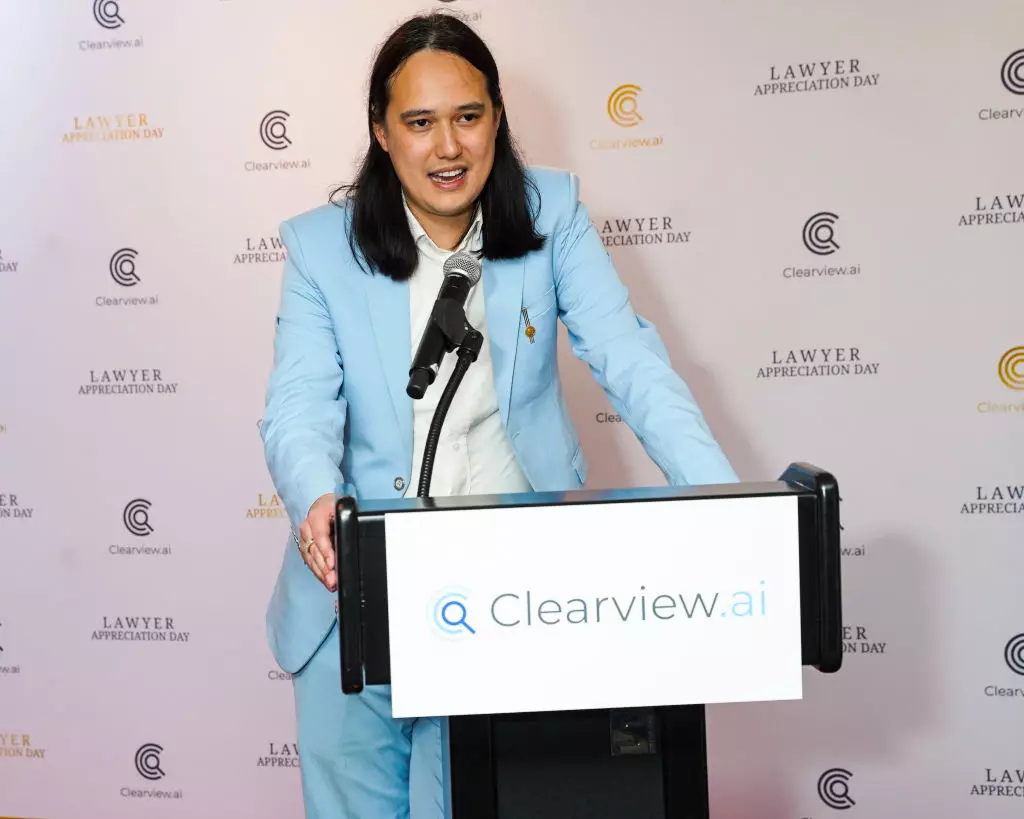In a surprising turn of events for Clearview AI, Hoan Ton-That, the company’s CEO and co-founder, has stepped down. This resignational news, reported by TechCrunch, marks a significant moment for the controversial facial recognition company, which has been in the spotlight not only for its innovative technology but also for its contentious methods of data collection. Ton-That expressed his desire to embark on “the next chapter” of his life, although he has chosen to remain as a board member. The lack of detailed reasoning behind his resignation has prompted speculation about what may have induced such a pivotal change in leadership.
In the wake of Ton-That’s departure, Clearview AI has appointed two co-CEOs, Hal Lambert and Richard Schwartz. Both have a background rooted in Republican politics, which may steer the company’s direction under the current political landscape, especially now with Republican opportunities emerging post-Trump administration. Lambert’s previous ventures, including launching the MAGA ETF, illustrate a clear alignment with business interests supportive of conservative values. Schwartz’s experience as an advisor to former New York City Mayor Rudy Giuliani adds further political clout. This leadership transition suggests that Clearview AI is not only attempting to adapt to market changes but may also be aligning itself with political ideologies that resonate with its investor base.
Controversies and Challenges Ahead
Despite what Ton-That claims to be a robust financial position, Clearview AI still faces numerous hurdles. The company generates income by selling access to its massive facial recognition database to law enforcement and federal agencies. However, the methods by which it has accumulated its database have resulted in significant legal challenges. The company has attracted attention due to its practice of scraping billions of images from the internet without user consent, leading to over $100 million in fines from various European data protection authorities, asserting their commitment to privacy initiatives.
Strikingly, Clearview has historically shown resistance to complying with fines or other regulatory expectations, maintaining an uncooperative stance towards authorities. This defiance could exacerbate the situation, especially as the global climate surrounding tech giants and privacy rights is becoming increasingly stringent.
The transition away from Ton-That raises questions about Clearview AI’s trajectory. While the new co-CEOs emphasize pursuing growth opportunities, the company has reported struggles in securing substantial federal contracts and remaining in the red financially. As they navigate these challenges, the newly minted leadership must establish a more constructive approach toward regulatory compliance, public perception, and sustainability of their business model. As Clearview AI continues to operate in a polarizing industry, its ability to balance innovation with ethical constraints will be a telling factor in its long-term success.
Clearview AI stands at a crossroads. With a new leadership structure in place, the firm must confront its controversies while exploring pathways to legitimate growth. How they choose to handle these multifaceted challenges will ultimately dictate their future in the competitive landscape of facial recognition technology.

